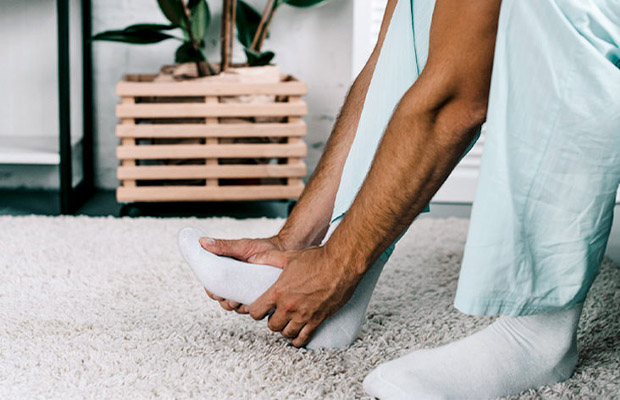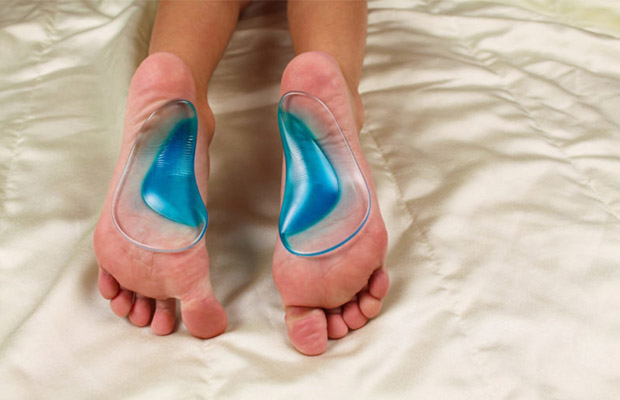Flat Feet Surgery Cost: Everything You Need To Know

If you have flat feet, you may want to learn more about flat feet surgery cost, then you are in the right place.
Children often have flat feet, but as they get older, the issue usually goes away. Adults may develop flat feet as a result of degenerative changes or injuries.
Unless they are painful, flat feet typically do not need to be treated. Surgery might be necessary in severe cases.
Table of Contents
What is Flatfoot?
Flat feet deformity is essentially a structural collapse of the foot arch. When viewed from a multiplanar angle, a person standing behind the subject will see the collapsed arch, the heel sitting in an outward position known as valgus, and the front of the foot will be visible in a more abducted position, facing towards your outer leg. It’s important to remember that not all flatfoot issues are pathological, and different population groups exhibit different arch heights.
Typical Costs of Flat Feet Surgery
- For patients with health insurance, the typical out-of-pocket expense for flat feet treatment consists of copays for doctor visits and coinsurance of 10%–50% for procedures. Some health insurance plans do not cover the treatment of flat feet. For instance, Aetna plans only cover the treatment of flat feet in children.
- For patients not covered by health insurance, flat feet treatment typically costs less than $200 for off-the-shelf orthotics or brace. Or, it can cost from $200-$2,000 for custom orthotics or a custom brace. If surgery is required, costs can reach $100,000 in severe cases. If imaging is required for diagnosis, that can add hundreds to $2,000 or more to the total cost.
- For example, for diagnosis, an X-ray can cost $100 -$1,000 or more, but the average cost of a foot X-ray is $170, according to NewChoiceHealth.com. An MRI costs about $1,000-$5,000, and the average cost for an MRI of the foot is about $1,500, and the average cost for a CT scan of the foot is $1,100, according to NewChoiceHealth.com.
- Orthotics cost about $10 -$80 for off-the-shelf inserts or about $200-$800 for custom-made models.
- A brace can cost about $10 -$60 for an over-the-counter model — or from $500-$2,000 or more for a custom-made brace. For example, FootSmart.com charges about $10-$60 for over-the-counter braces and supports for flat feet. MMAR Medical Group charges about $500 for a custom-made Richie Brace. Patients on a forum at HealthBoards.com report costs of $1,000-$2,000 for a custom made Arizona Brace.
- Surgery can cost about $20,000-$100,000 or more, depending on the severity of the condition and the specific procedure(s) required. For example, at Saint Elizabeth Regional Medical Center, in Nebraska, surgery to correct flat feet costs more than $21,500, not including doctor fee, which can add several thousand dollars to the final bill. And Baptist Memorial Health Care, in Memphis, charges about $22,200 on average for orthopedic surgery on the feet, without complications, not including doctor fee. Patients on a discussion forum at HealthBoards.com report totals of up to $100,000 for both feet in severe cases that require major reconstruction.

What Should Be Included?
- To view the tendons and/or bones and identify the problem’s root cause, a doctor may perform a physical examination and, in some cases, order an MRI, CT Scan, or X-ray.
- To help relieve pain from flat feet, a doctor may advise painkillers, orthotics, a brace, and therapeutic shoes. Flat feet are described in general by the American Academy of Orthopaedic Surgeons.
- Surgery may be necessary in severe cases where the pain does not improve with other treatments. The type of surgery is determined by the particular case. An overview of surgical options for flat feet on the Podiatry Network states that these can include tendon repair, bone grafts, bone cutting and repositioning, and bone fusion with screws, pins, or other hardware.
Related Reading: Surgery for Flat Feet: Pros and Cons
FAQs
Can Flat Feet Be Corrected With Surgery?
Yes, flat feet that are pathological, painful, and seem to be progressing in nature can be treated surgically.
When is Flatfoot Surgery Necessary?
When tendons or ligaments are affected by disease or pathology, flatfoot surgery is required to correct the deformity. It is also crucial in situations where function has been compromised and conventional treatments have failed. Additionally, it is crucial when there is discomfort and functional impairment.
How Long Does Reconstructive Foot Surgery Take?
Depending on the type of surgery that is necessary, the time varies. A full reconstruction and tendon transfers, for instance, might take up to two and a half hours, whereas the HyProCure procedure might only take 10 to 15 minutes.
What is Flat Feet Surgery Recovery Time?
Recovery time for flat feet surgery can take up to a year. The foot will be in a cast for the first few weeks and should be kept elevated. You will eventually wear a removable boot and won’t be able to put any weight on the foot for six to eight weeks after that.
Read More: What Is The Bunion Surgery Recovery Time?
Is Flat Foot Surgery Worth It?
Yes, surgery for symptomatic flatfoot deformity has been proven to provide pain relief and to improve patient quality of life and physical activity.
